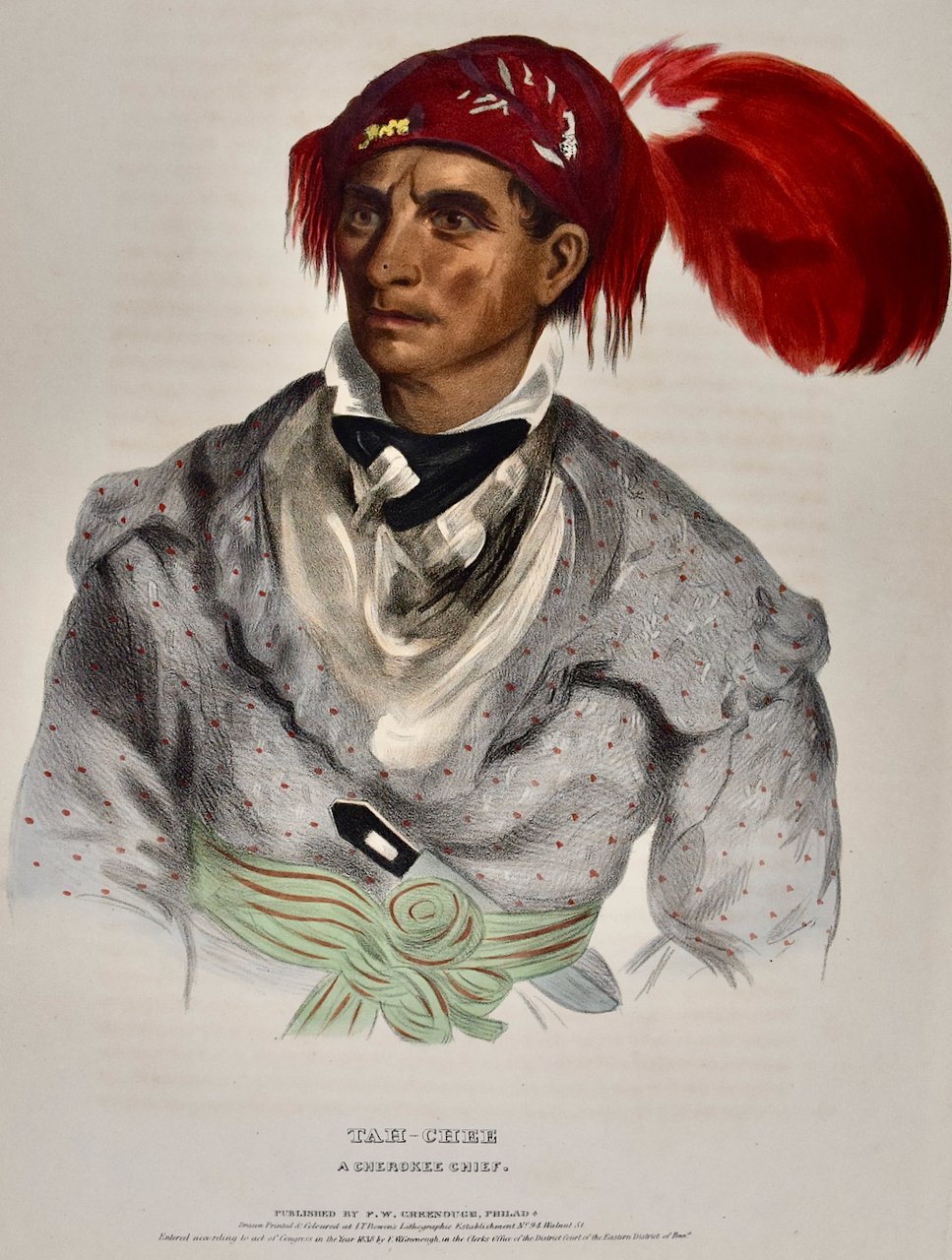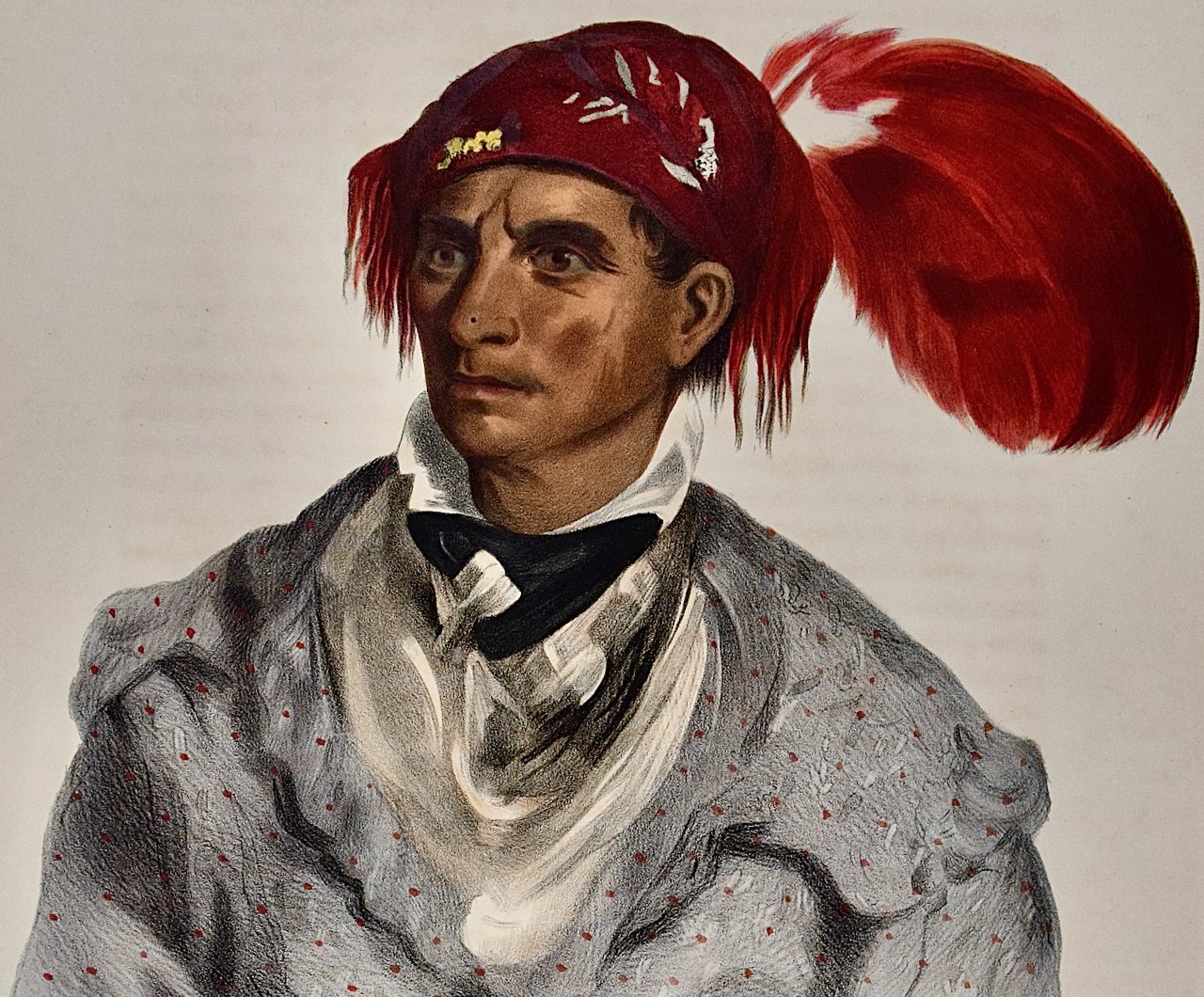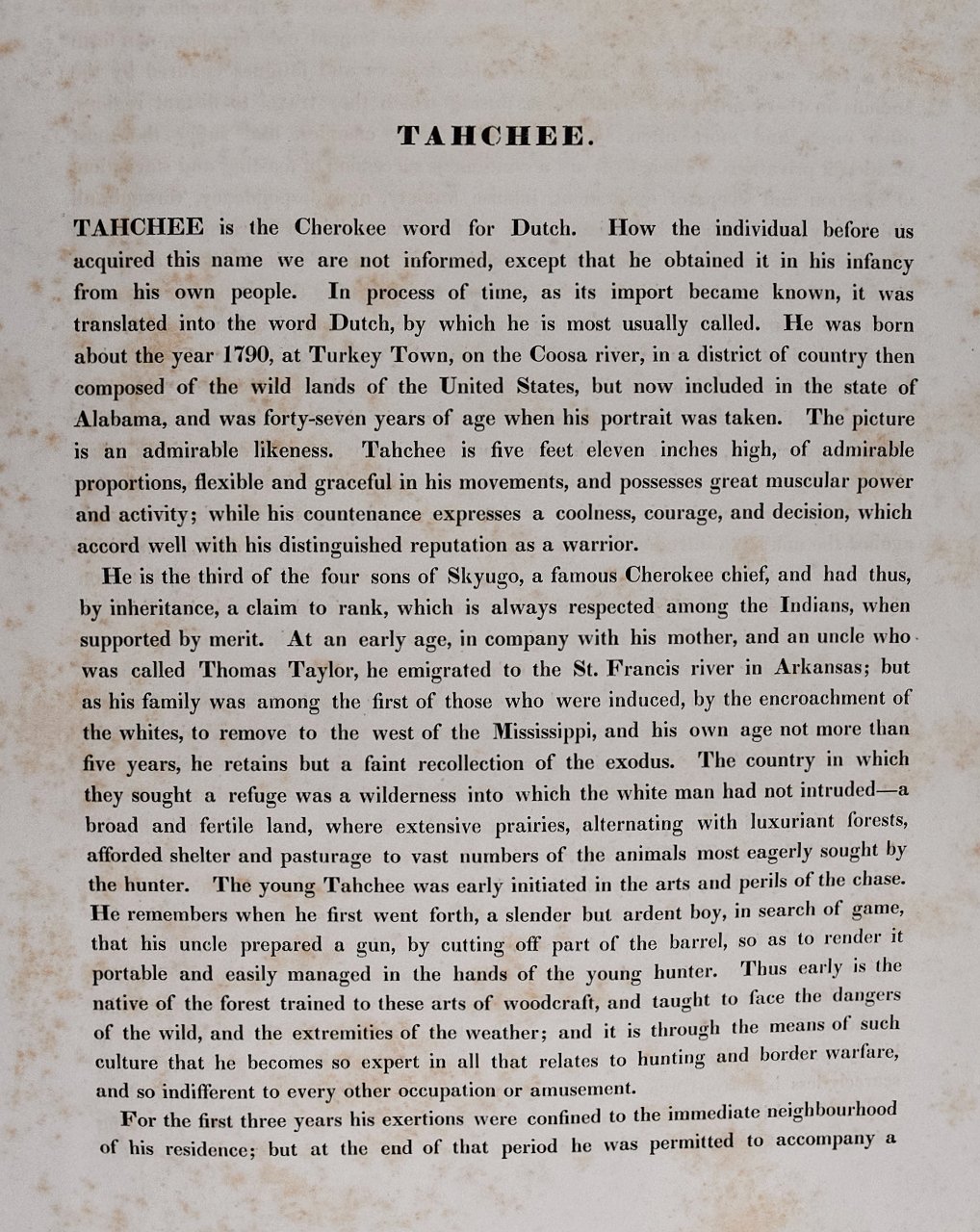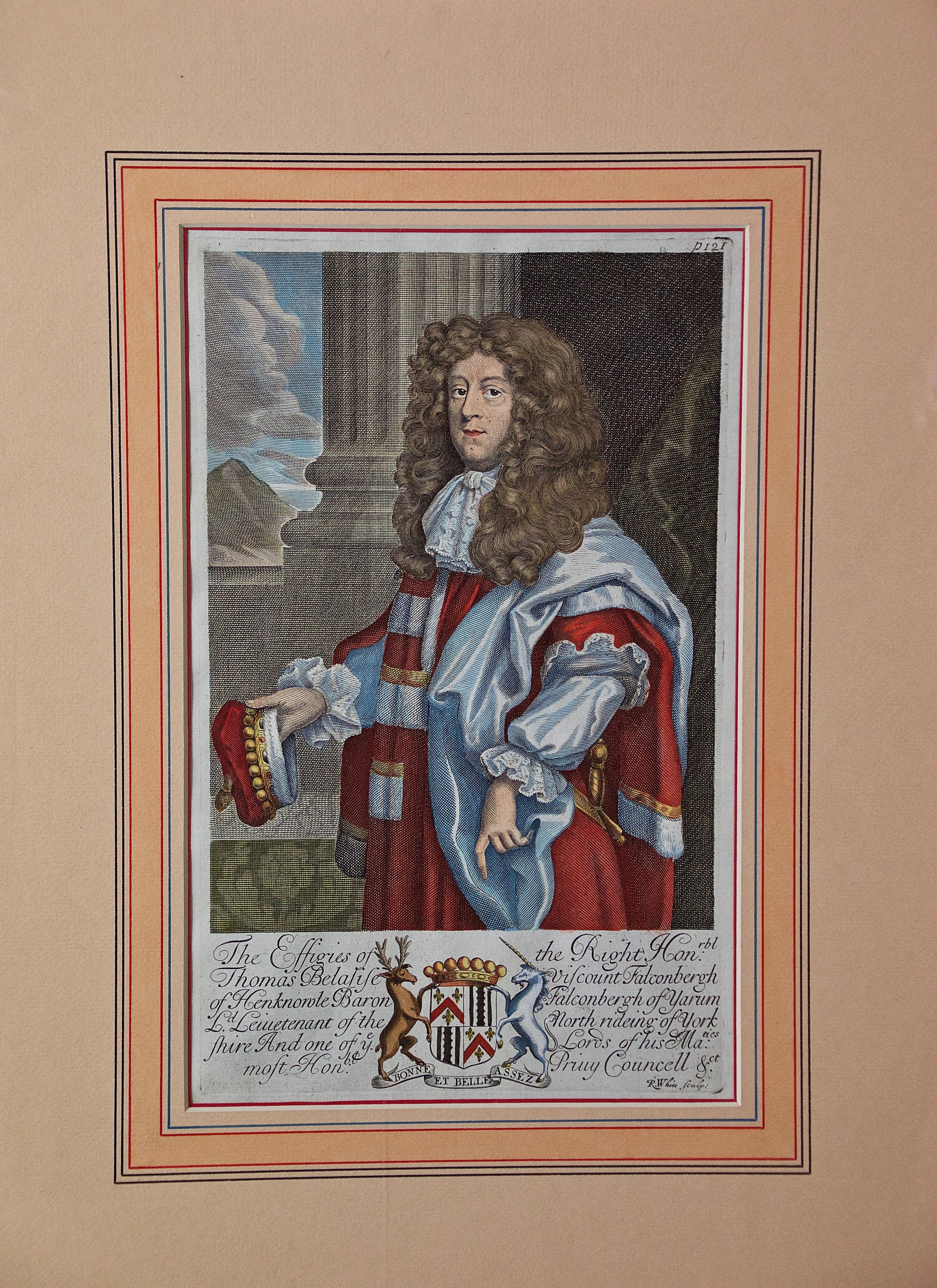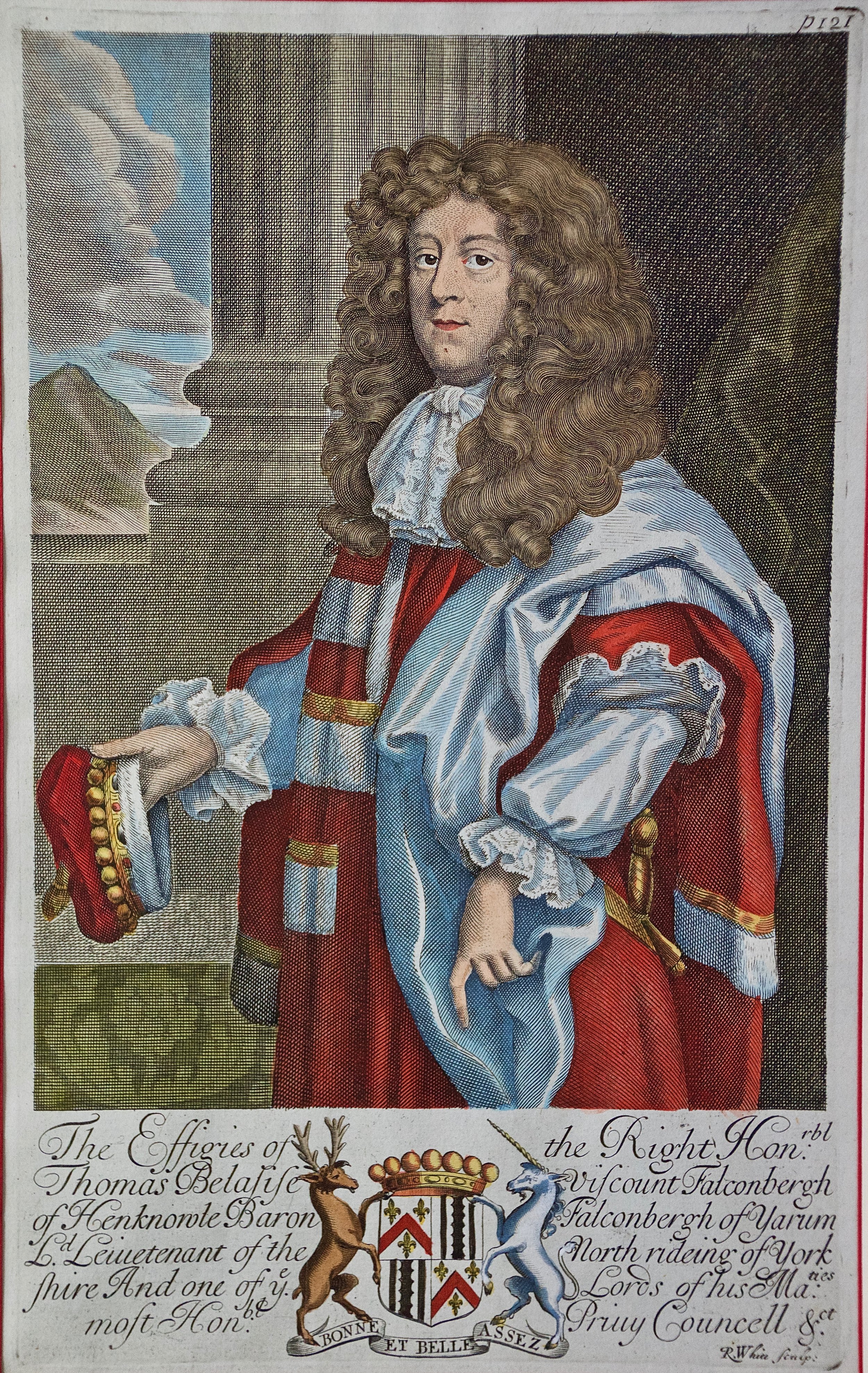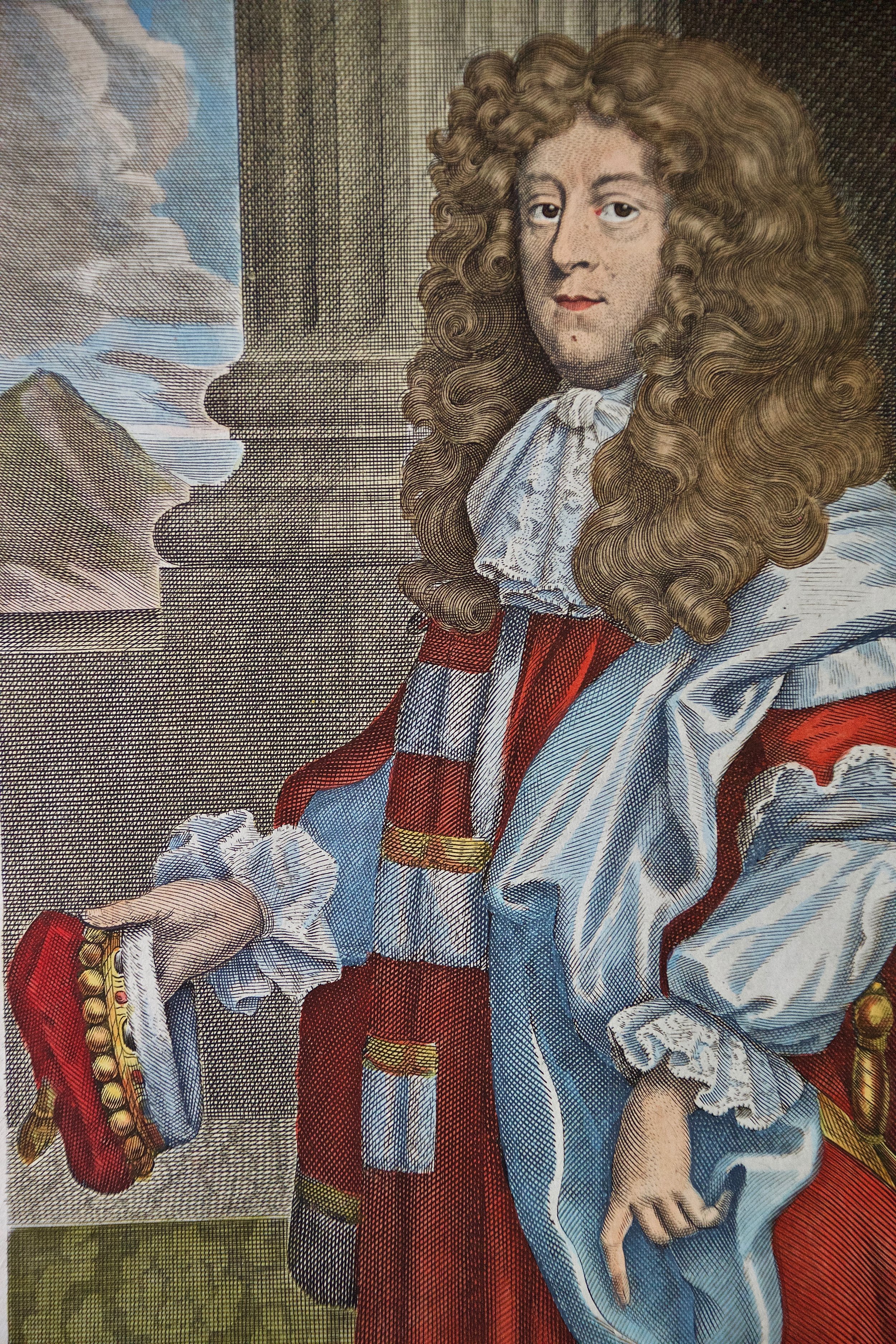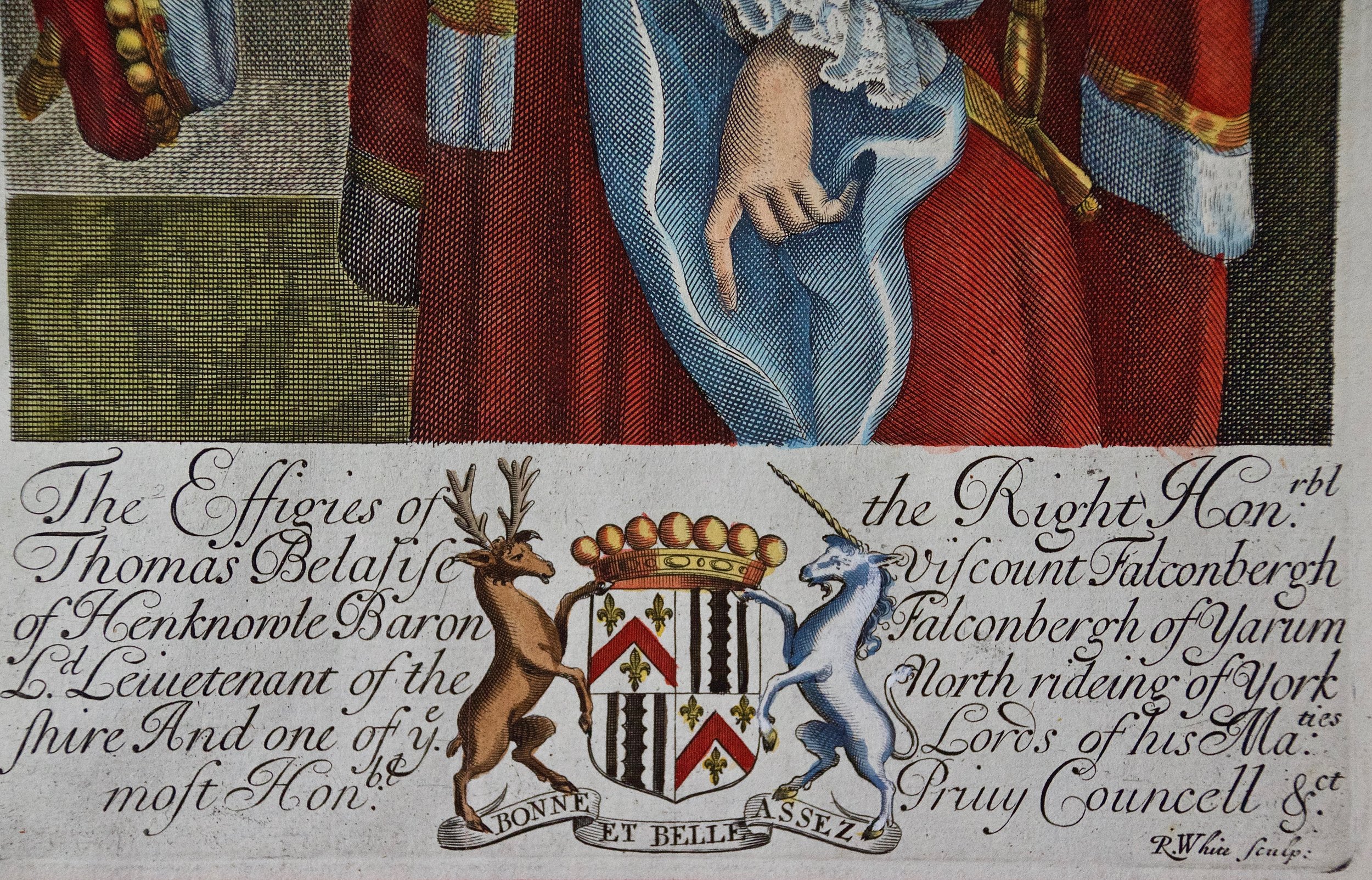18th Century Engraved Portrait of George Savile, Marquis of Halifax by Houbraken
A superb 18th century engraved portrait of George Savile, Marquis of Halifax, Plate 82 in "The Heads of Illustrious Persons of Great Britain", written by Thomas Birch (1705-1766) and published in London by John & Paul Knapton in 1747. The portrait and vignette were engraved by the Dutch engraver Jacobus Houbraken (1698-1780) after a painting by Sir Godfrey Kneller (1646-1723). This technically beautiful engraving depicts the Marquis of Halifax turned to his left but looking forward, wearing a draped cloak, a lace neckerchief and a long dark curly wig. An architectural oval with draped fabric is seen around the portrait. An elaborate scalloped curved molding below the portrait surrounds an engraved scene, which depicts Halifax, as chairman of the council of peers, offering the crown to William of Orange in the "Glorious Revolution", 1688-1689. The engraving is held by many museums, including The metropolitan Museum of Art, The National Portrait Gallery, The National Trust Collections, The National Galleries of Scotland.
Creator: Jacobus Houbraken (1698 - 1780, Dutch)
Creation Year: 1747
Dimensions: Height: 15.5 in (39.37 cm) Width: 10 in (25.4 cm)
Medium: Engraving
Condition: See description below.
A superb 18th century engraved portrait of George Savile, Marquis of Halifax, Plate 82 in "The Heads of Illustrious Persons of Great Britain", written by Thomas Birch (1705-1766) and published in London by John & Paul Knapton in 1747. The portrait and vignette were engraved by the Dutch engraver Jacobus Houbraken (1698-1780) after a painting by Sir Godfrey Kneller (1646-1723). This technically beautiful engraving depicts the Marquis of Halifax turned to his left but looking forward, wearing a draped cloak, a lace neckerchief and a long dark curly wig. An architectural oval with draped fabric is seen around the portrait. An elaborate scalloped curved molding below the portrait surrounds an engraved scene, which depicts Halifax, as chairman of the council of peers, offering the crown to William of Orange in the "Glorious Revolution", 1688-1689. The engraving is held by many museums, including The metropolitan Museum of Art, The National Portrait Gallery, The National Trust Collections, The National Galleries of Scotland.
Creator: Jacobus Houbraken (1698 - 1780, Dutch)
Creation Year: 1747
Dimensions: Height: 15.5 in (39.37 cm) Width: 10 in (25.4 cm)
Medium: Engraving
Condition: See description below.
A superb 18th century engraved portrait of George Savile, Marquis of Halifax, Plate 82 in "The Heads of Illustrious Persons of Great Britain", written by Thomas Birch (1705-1766) and published in London by John & Paul Knapton in 1747. The portrait and vignette were engraved by the Dutch engraver Jacobus Houbraken (1698-1780) after a painting by Sir Godfrey Kneller (1646-1723). This technically beautiful engraving depicts the Marquis of Halifax turned to his left but looking forward, wearing a draped cloak, a lace neckerchief and a long dark curly wig. An architectural oval with draped fabric is seen around the portrait. An elaborate scalloped curved molding below the portrait surrounds an engraved scene, which depicts Halifax, as chairman of the council of peers, offering the crown to William of Orange in the "Glorious Revolution", 1688-1689. The engraving is held by many museums, including The metropolitan Museum of Art, The National Portrait Gallery, The National Trust Collections, The National Galleries of Scotland.
Creator: Jacobus Houbraken (1698 - 1780, Dutch)
Creation Year: 1747
Dimensions: Height: 15.5 in (39.37 cm) Width: 10 in (25.4 cm)
Medium: Engraving
Condition: See description below.
There are a few small faint spots and mild toning in the lower right margin outside of the plate mark that does not affect the image. The print is otherwise in very good condition.
George Saville was a statesman and writer. The Marquis of Halifax was a favorite of Charles II. As a Privy Councilor he attempted to steer a moderate course between extreme Protestants, High Church Tories and Roman Catholics, but he was dismissed at the accession of James in 1685. Halifax was closely involved in the revolution of 1688, and presided over the council of lords, which arranged the succession of William and Mary. It was said that the revolution bore 'the character of the large but cautious mind of Halifax'. Dryden described him as 'Of piercing wit and pregnant thought'.
Jacobus Houbraken (1698-1780) was a Dutch engraver who devoted himself almost entirely to portraiture. He produced a published record of the lives of artists from the Dutch Golden Age. In many cases his portraits are the only likenesses left of these people. Houbraken He collaborated with the historian Thomas Birch and artist George Vertue, on the project entitled, "Heads of Illustrious Persons of Great Britain", published in parts in London from 1743 to 1752. From 1752 to 1759 he worked with the historian Jan Wagenaar (1709–1773) on his 21 part "Vaderlandsche Historie", published by Isaac Tirion in Amsterdam.







